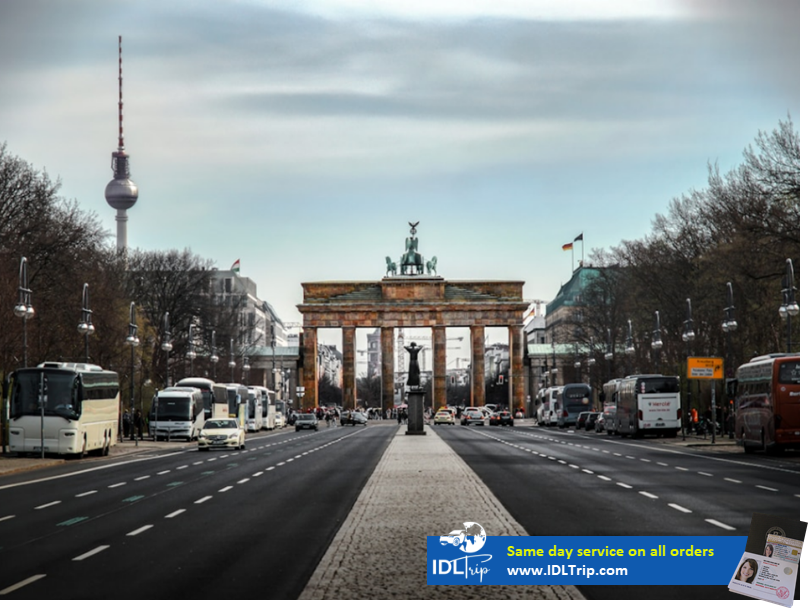Driving in Germany: Your Essential Guide for a Smooth Journey
Introduction
Germany is a country renowned for its rich history, cultural landmarks, and picturesque landscapes. From the fairy-tale castles of Bavaria to the vibrant urban centers of Berlin and Munich, Germany offers a diverse range of experiences for travelers. The country’s efficient road network, including the famous Autobahn, makes exploring Germany by car an excellent option. With well-maintained roads and comprehensive signage, driving through the German countryside or bustling cities promises a smooth and enjoyable journey.

Photo by Ansgar Scheffold on Unsplash
Driving Conditions and Road Quality
Germany is celebrated for its high-quality roads and extensive highway system. The Autobahn, known for sections without speed limits, is a marvel of engineering that allows for rapid and efficient travel. Besides these high-speed highways, the local roads are meticulously maintained, ensuring a comfortable drive across the nation. While certain stretches of the Autobahn are speed-limit-free, other areas have regulated speeds to enhance safety, particularly near urban zones or construction sites.
Traffic Rules and Regulations
Driving in Germany comes with a set of stringent traffic rules and regulations designed to ensure safety and order. Speed limits are clearly defined: 50 km/h in urban areas, 100 km/h on rural roads, and variable limits on the Autobahn. The legal blood alcohol limit stands at 0.05% for most drivers, but for those with less than two years of experience or under 21, the limit is 0.00%. Seat belts are mandatory for all passengers, and daytime running lights are required. Drivers must also carry specific safety equipment, including a reflective vest, warning triangle, and first-aid kit.
Tolls and Environmental Zones
While private cars do not currently incur tolls, there is a sophisticated toll system in place for trucks. Environmental zones, known as Umweltzones, exist in many cities to control emissions; vehicles entering these areas must display a green sticker (Umweltplakette), certifying that they meet specific emission standards.
Parking
Navigating parking in German cities and towns can be straightforward with proper guidance. Parking meters and garages are widely available, and many cities offer Park-and-Ride facilities for convenient access to public transportation. Major cities like Berlin, Munich, and Hamburg might have particular rules, so it’s wise to check local guidelines before parking.
Gas Stations and Services
Gas stations are plentiful, both along the Autobahn and within urban areas, offering a variety of fuel types including diesel, gasoline, and increasingly, electric charging points. Rest stops and service areas are strategically located along major highways, providing opportunities to refuel, rest, and refresh.
Scenic Drives and Attractions
Some of Germany’s most scenic drives include the Romantic Road (Romantische Straße), the Black Forest High Road (Schwarzwaldhochstraße), and the Alpine Road (Deutsche Alpenstraße). These routes offer breathtaking views and access to must-visit attractions like Neuschwanstein Castle, the Moselle Valley, and the Bavarian Alps, making them perfect for a memorable road trip.
 Photo by Roman Kraft on Unsplash
Photo by Roman Kraft on Unsplash
Safety Tips
For a safe driving experience in Germany, it is crucial to adhere to speed limits and be aware of right-of-way rules, which can sometimes differ from other countries. In the colder months, winter tires are essential. Additionally, carrying an International Driving License (IDL) is important, especially for non-EU residents, to avoid any legal complications.
Advantages of Using IDLTrip.com
IDLTrip.com provides a convenient way to obtain an International Driving License, helping you avoid the bureaucratic hassles of governmental procedures. Their quick and easy online application process, along with dedicated customer support and global recognition, makes IDLTrip.com an excellent choice. By choosing IDLTrip.com, you can ensure a smooth and worry-free travel experience in Germany and beyond.
Conclusion
Planning your road trip in Germany can be an exhilarating experience filled with stunning scenery and remarkable destinations. With the benefits of using IDLTrip.com for your International Driving License, your journey will be even more enjoyable and hassle-free.
Visit IDLTrip.com today to get your International Driving License. Avoid bureaucratic hassles, enjoy quick processing, and benefit from excellent customer support. Let IDLTrip.com help you navigate Germany with confidence and ease!
